Introduction
Scrambled eggs, a breakfast staple found in kitchens worldwide, often seem deceptively simple. Yet, achieving the ideal balance of creaminess, fluffiness, and rich flavor requires precision, technique, and an understanding of the science behind egg proteins. This guide delves into the nuances of crafting restaurant-quality scrambled eggs at home, exploring ingredient selection, cooking methods, and creative variations to elevate this humble dish from mundane to magnificent. Whether you prefer your eggs velvety and soft or golden and slightly firm, mastering the fundamentals will transform your morning routine into a culinary triumph.
The Science Behind Scrambled Eggs
Eggs are a marvel of culinary chemistry. Composed of water, proteins, and fats, their behavior during cooking hinges on heat and time. When whisked, egg proteins (ovalbumin, ovotransferrin, and others) unfold and form a network, trapping air and moisture. Overcooking denatures these proteins, squeezing out moisture and resulting in a rubbery texture. Conversely, gentle heat preserves the eggs’ tender structure, yielding a silky consistency.
Ingredients: Quality Matters
-
Eggs:
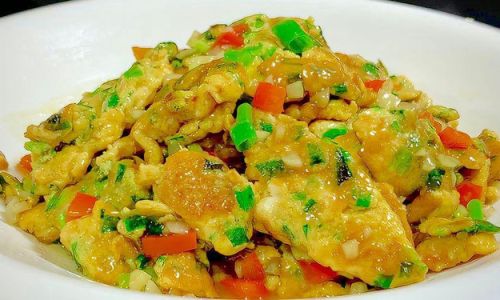
- Freshness: Opt for the freshest eggs possible. As eggs age, their whites thin, and yolks flatten, affecting texture.
- Type: Free-range or pasture-raised eggs often have deeper flavor and vibrant yolks due to the hens’ diet.
- Size: Large or extra-large eggs provide a better yolk-to-white ratio for creaminess.
-
Fat:
- Butter: Unsalted butter adds richness and prevents sticking. Clarified butter (ghee) tolerates higher heat.
- Oil: Neutral oils like avocado or grapeseed work for dairy-free options but lack butter’s flavor.
-
Dairy (Optional):
- Milk/Cream: A splash (1–2 tsp per egg) lightens texture. Whole milk or crème fraîche enhances richness.
- Alternative Milks: Oat or almond milk impart subtle sweetness but may dilute flavor.
-
Seasonings:
- Salt: Kosher or sea salt, added pre-cooking, dissolves evenly.
- Pepper: Freshly ground black pepper for aromatic heat.
- Herbs/Spices: Chives, thyme, or smoked paprika elevate complexity.
-
Add-Ins:
- Cheese: Sharp cheddar, Gruyère, or feta melted at the end adds gooey texture.
- Vegetables: Sautéed mushrooms, spinach, or roasted tomatoes contribute freshness.
- Proteins: Crispy bacon, smoked salmon, or chorizo introduce savory depth.
Technique: Step-by-Step Mastery
-
Cracking and Whisking:
- Crack eggs into a bowl to avoid shells in the pan.
- Whisk vigorously for 30–45 seconds to aerate whites and yolks, creating a uniform yellow hue. Overmixing risks toughness; undermixing leaves streaks.
-
Heat Control:
- Use a non-stick or stainless-steel pan over low to medium-low heat. High heat scorches eggs before they set.
- Preheat the pan for 1–2 minutes to ensure even cooking.
-
Fat Incorporation:
Melt 1–2 tsp butter per egg until foaming subsides. Swirl to coat the pan.
-
Cooking Process:
- Gentle Cooking: Pour eggs into the pan. Let sit for 5–10 seconds to form a thin layer.
- Stirring: Use a silicone spatula to push eggs from edges to center, creating soft curds. Avoid aggressive stirring, which deflates volume.
- Texture Check: Remove from heat when eggs still appear slightly runny (residual heat continues cooking).
-
Finishing Touches:
- Off-heat, fold in cheese or herbs. The residual warmth melts add-ins without overcooking.
- For extra richness, swirl in 1 tsp cold butter.
Advanced Techniques for Gourmet Results
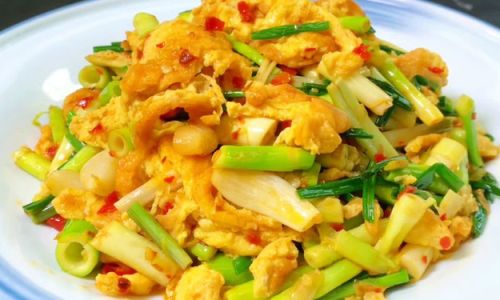
-
French-Style (Bistro Scramble):
Cooked over low heat with constant stirring, yielding tiny, creamy curds. Finished with crème fraîche.
-
American-Style (Fluffy):
Add a pinch of baking powder (¼ tsp per 4 eggs) for airy lift. Cook in larger curds.
-
Japanese-Inspired (Tamago-style):
Incorporate mirin and soy sauce. Cooked in a rectangular pan, then rolled into layers.
-
Water Method:
Add 1–2 tsp water per egg before whisking. Steam creates ultra-tender curds.
Common Mistakes and How to Avoid Them
-
Overcooking:
- Symptom: Dry, crumbly texture.
- Fix: Remove from heat while still slightly wet.
-
High Heat:
- Symptom: Uneven cooking, browned edges.
- Fix: Maintain low, steady heat.
-
Insufficient Seasoning:
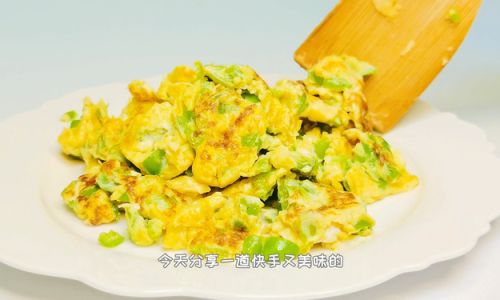
- Symptom: Bland flavor.
- Fix: Salt eggs pre-cooking; adjust post-plating.
-
Overcrowding the Pan:
- Symptom: Steaming instead of frying.
- Fix: Cook in batches for larger quantities.
-
Adding Dairy Too Late:
- Symptom: Curdled texture.
- Fix: Whisk dairy into eggs before cooking.
Equipment Essentials
-
Pan:
- Non-Stick: Ideal for beginners; ensures easy release.
- Stainless Steel: Requires careful heat control but develops superior Maillard browning.
-
Utensils:
- Silicone Spatula: Flexible and heat-resistant for gentle folding.
- Whisk: Balloon whisks incorporate more air than forks.
-
Thermometer:
Optional but helpful for maintaining 150–160°F (65–71°C) for slow cooking.
Creative Variations and Pairings
-
Vegetarian Delights:
- Spinach and Feta: Sautéed spinach folded into eggs with crumbled feta.
- Mushroom and Thyme: Wild mushrooms cooked in butter with fresh thyme.
-
Spicy Kicks:
- Jalapeño-Cheddar: Diced jalapeños and sharp cheddar.
- Harissa-Spiced: A teaspoon of harissa paste for North African flair.
-
Seafood Twists:
- Smoked Salmon and Dill: Flaked salmon and fresh dill, finished with lemon zest.
- Shrimp and Garlic: Sautéed shrimp with garlic and parsley.
-
Bread Pairings:
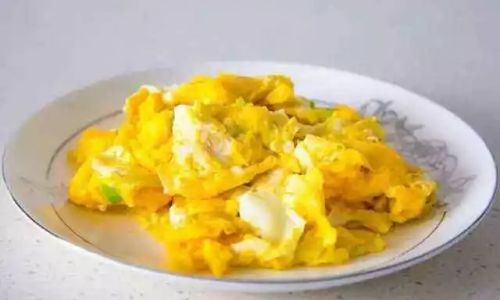
- Buttery Toast: Sourdough or brioche for dipping.
- Avocado Toast: Smashed avocado under eggs for a trendy brunch.
Health-Conscious Adaptations
-
Low-Fat Option:
Use olive oil instead of butter and omit dairy. Add steamed vegetables for bulk.
-
High-Protein Boost:
Whisk in 1–2 egg whites per serving for fluffiness without extra calories.
-
Gluten-Free:
Serve with gluten-free bread or atop roasted sweet potatoes.
Troubleshooting Guide
| Issue | Cause | Solution |
|————————-|————————————|————————————–|
| Watery Eggs | Undercooking | Cook longer over low heat. |
| Rubbery Texture | Overcooking | Remove from heat earlier. |
| Eggs Sticking to Pan | Insufficient fat or high heat | Use more butter; lower temperature. |
| Bland Flavor | Inadequate seasoning | Salt eggs pre-cooking; add fresh herbs.|
The Final Plating: Aesthetics and Presentation
Elevate scrambled eggs beyond function with thoughtful presentation:
- Garnish: Microgreens, edible flowers, or a sprinkle of smoked paprika.
- Sauces: Hollandaise, pesto, or sriracha drizzle.
- Texture Contrast: Crispy bacon bits or toasted seeds.
Conclusion
Scrambled eggs, often underestimated, offer a canvas for culinary experimentation. By prioritizing fresh ingredients, mastering heat control, and embracing creativity, even novice cooks can achieve restaurant-worthy results. Remember that patience yields perfection—slow cooking preserves moisture, while bold seasonings and thoughtful add-ins transform simplicity into sophistication. Whether enjoyed solo or paired with global flavors, the humble scrambled egg remains a testament to the magic of humble ingredients elevated by skill and care. So, crack open a few eggs, embrace the process, and savor the satisfaction of a dish that transcends its unassuming origins.
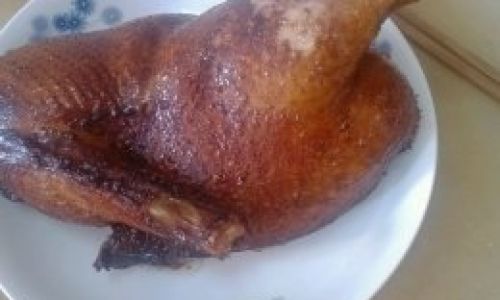
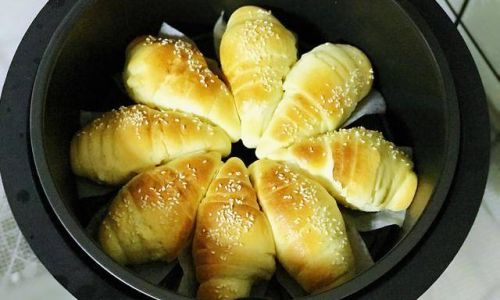
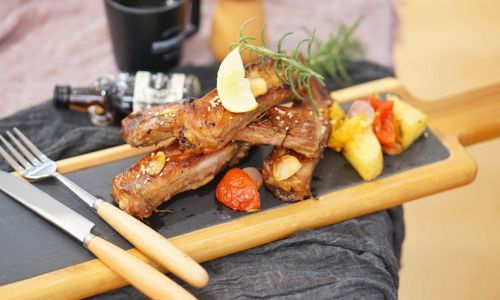
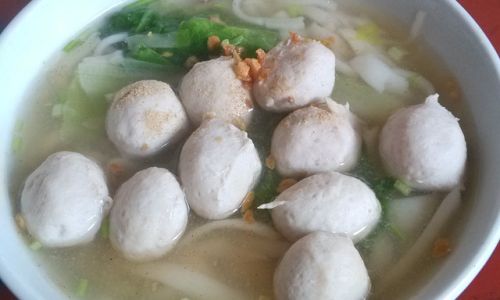
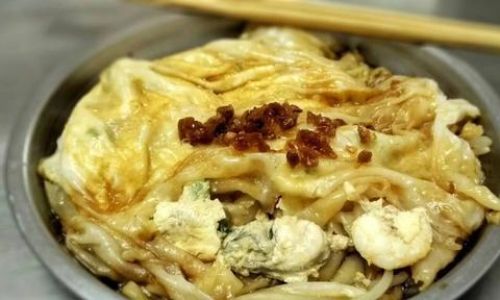
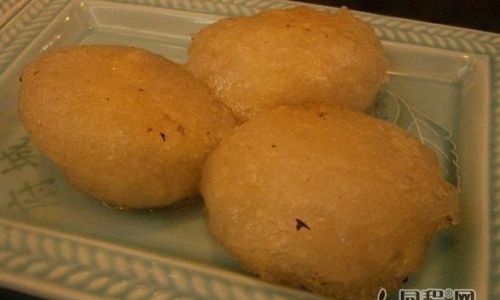
0 comments